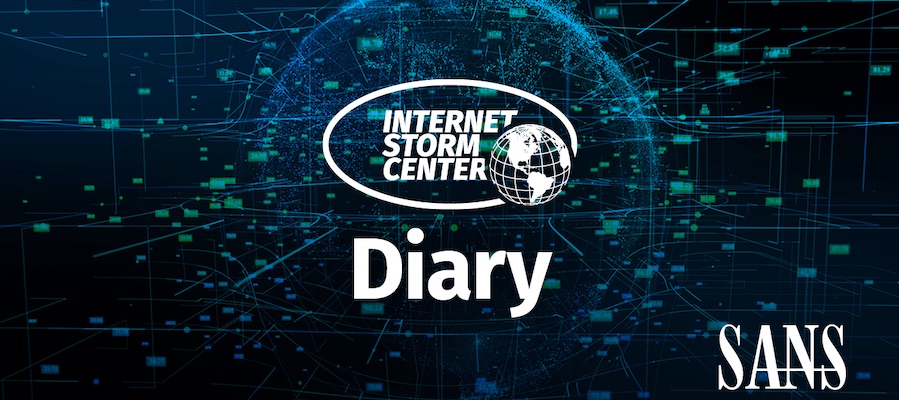I published the following diary on isc.sans.edu: “How Attackers Brush Up Their Malicious Scripts“: On Friday, I received a bunch of alerts from one of my YARA hunting rules. Several samples were submitted from the same account (through the VT API), from the same country (US), and in a very
